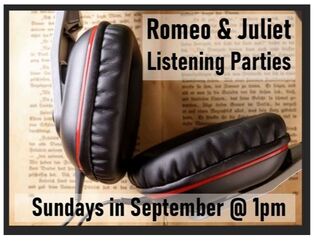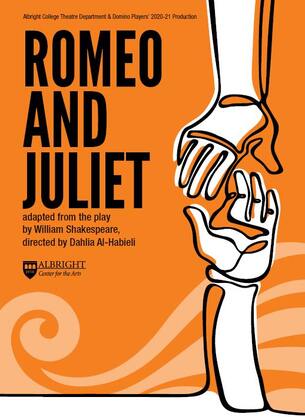 While it is no secret to the students that I love Shakespeare, it is also not a secret that many of them feel quite the opposite. Their distaste for the Bard is completely justified, as Madeline Sayat says in her recent article for Howlround, “Whenever I hear people preach about the universalism of Shakespeare the way missionaries once wielded the Bible, I think to myself, This is dangerous. And yet it goes unquestioned, even though not everyone interprets his work the same way—and not everyone even likes it.” I agree wholeheartedly with Sayat that “(if) Shakespeare is to be done at all, it should be done in ways that encourage each student, performer, and artist to interpret it for themselves.” What makes this ideal scenario challenging is that in most cases a director has a longer and deeper relationship with the text of a play than anyone else involved in the production. The director is the first person to arrive at the table, and their early interpretations of the play begin to steer the production in a particular direction before anyone else has even taken a seat. To be clear, there is nothing inherently wrong with this mode of working. However, our Production Values demand that as many people as possible join me at the table right from the beginning of the process so that we can develop a shared understanding of and relationship to the text. That word, “understanding” is key with a text that feels dense and impenetrable to many of our students. Instead of reading the play together in a single sitting, I and any students that want to are listening to an unabridged audio production of the play together synchronously via Zoom, with the annotated text screen shared as the recording plays. After all, some of us comprehend written words more readily than spoken words, some vice versa, and for some it is ideal to have both modes available simultaneously. Students are encouraged to follow along with the annotated text for explanations of unfamiliar words if helpful, or to take a well-deserved screen break and mute their mic, put in some earbuds, find a comfortable patch of grass, and listen along. After polling the students to select a time, we settled on Sunday afternoons for our Listening Parties. Each Sunday in September, we will be listening to one section of the play, and then talking about it. Both the text and the recordings are also posted to our Theatre Department Canvas page that all students have access to; students who can not make the Listening Parties are encouraged to engage with the material and to share their responses and questions with me. The outcome of all these conversations and the questions the text prompts- which will be documented in this blog- will steer the course of our adaptation process.
0 Comments
Leave a Reply. |
April 2021
Albright College Theatre |

 RSS Feed
RSS Feed